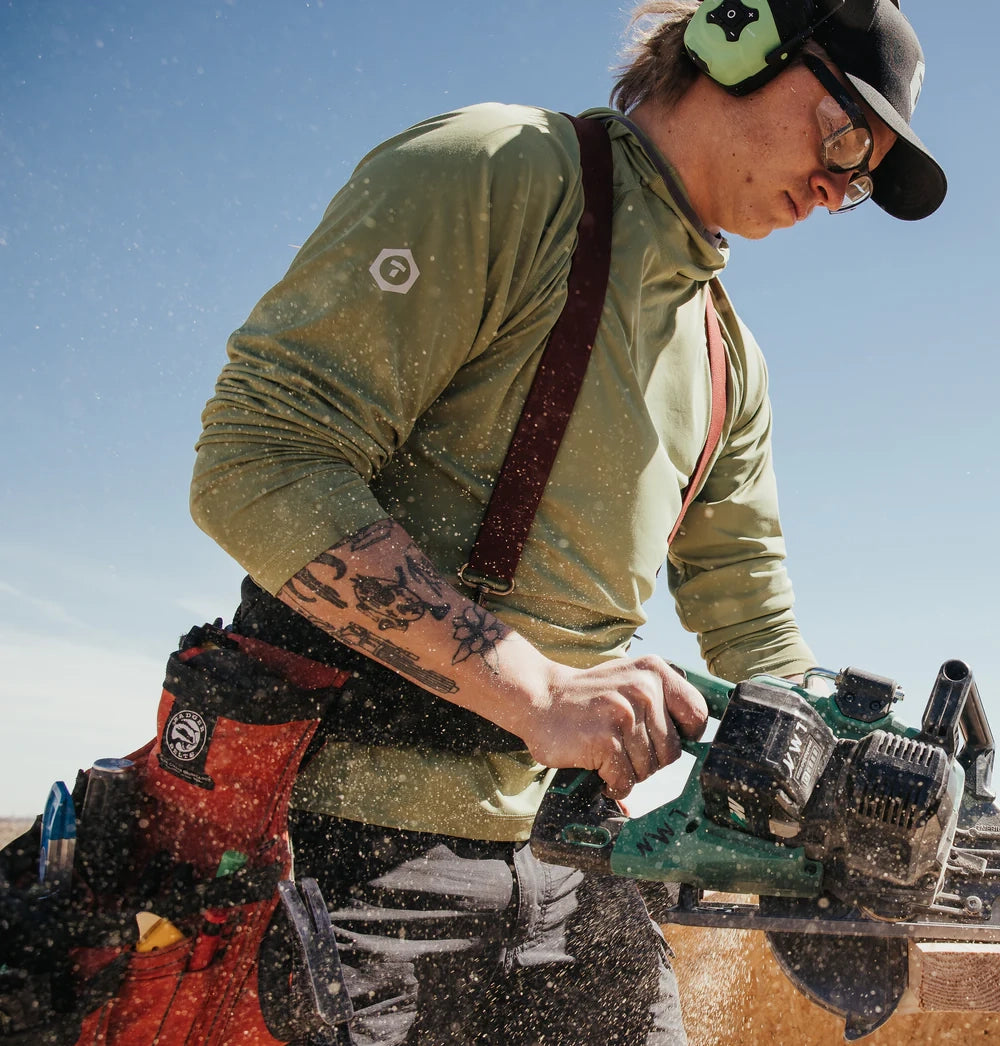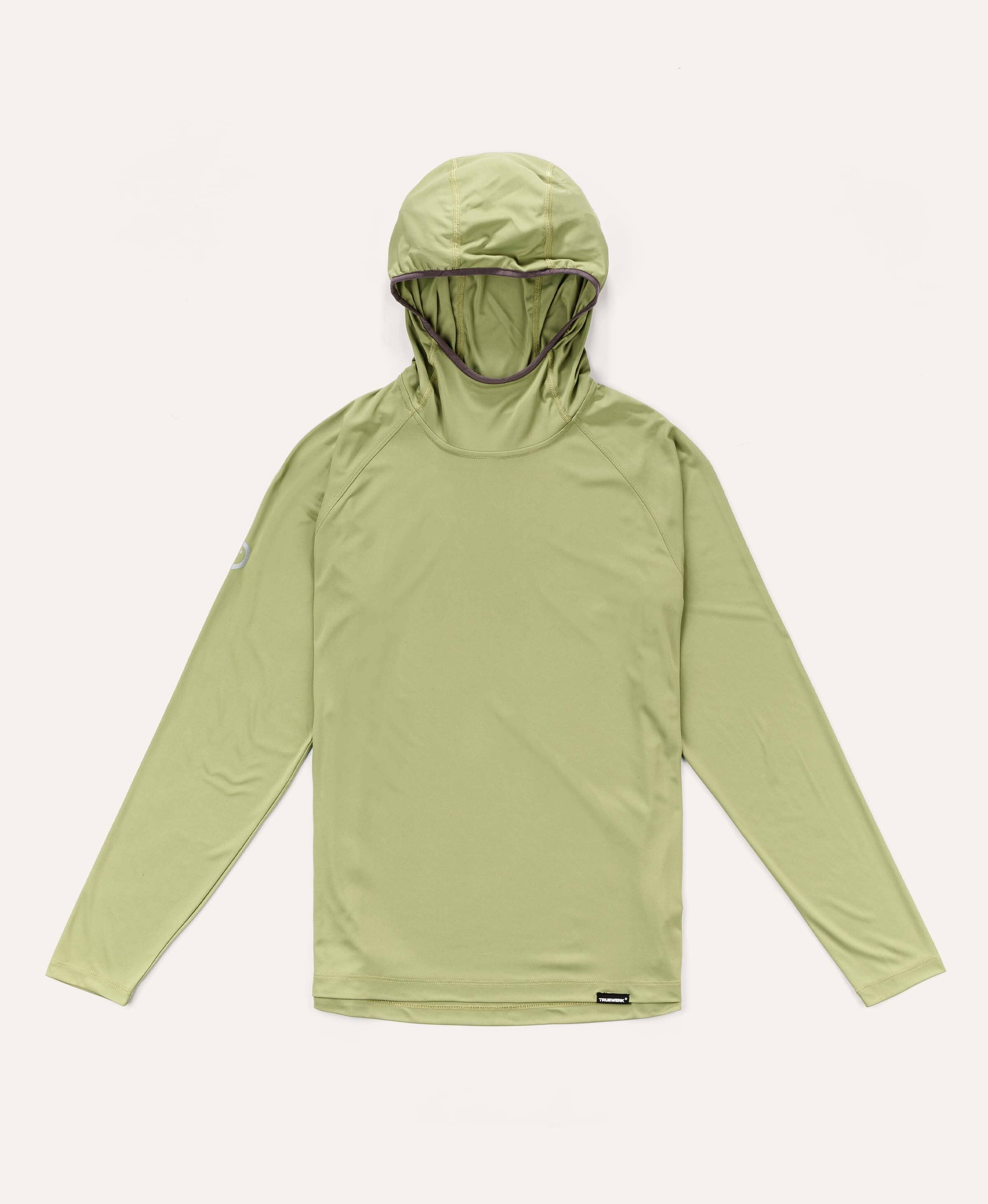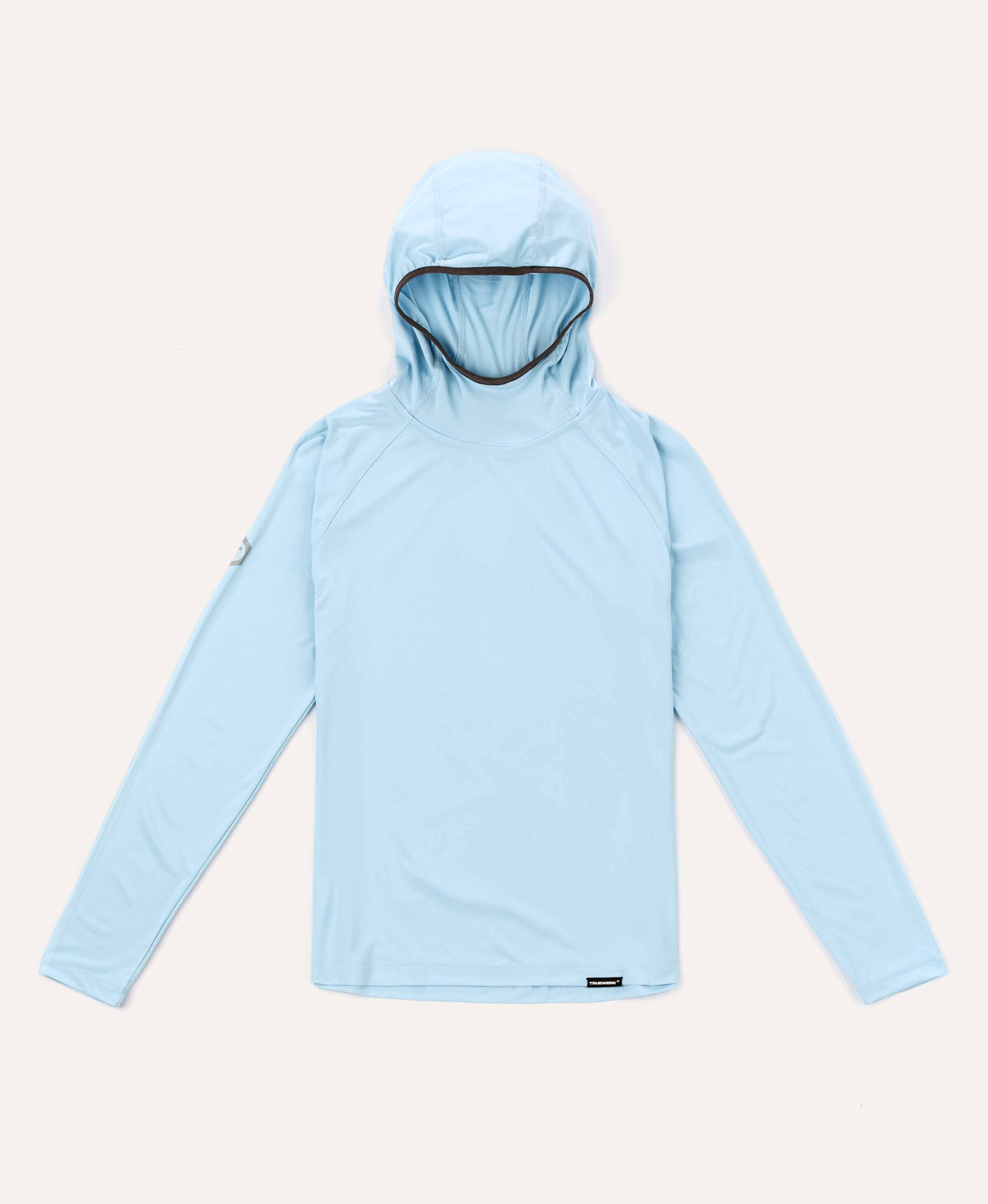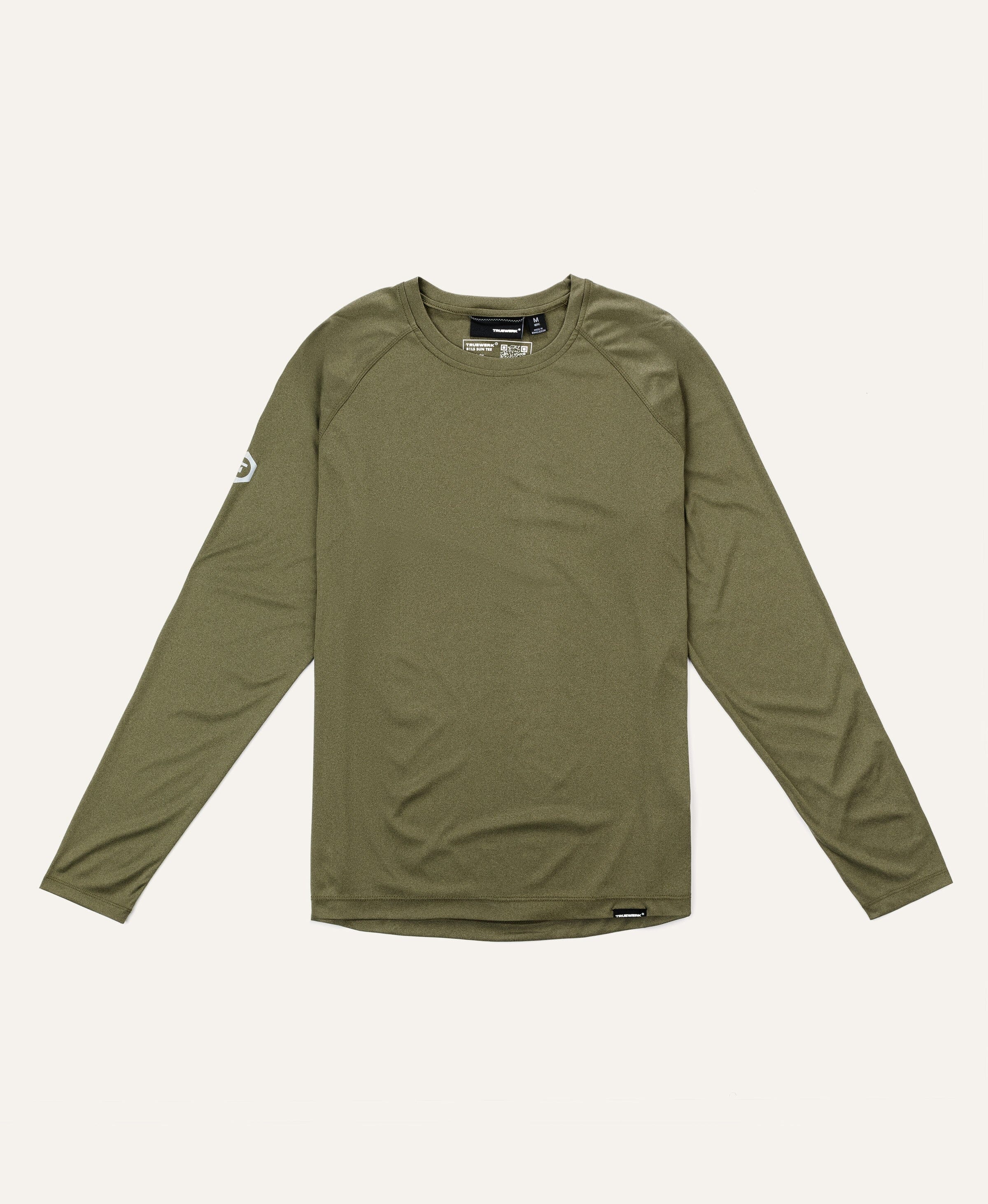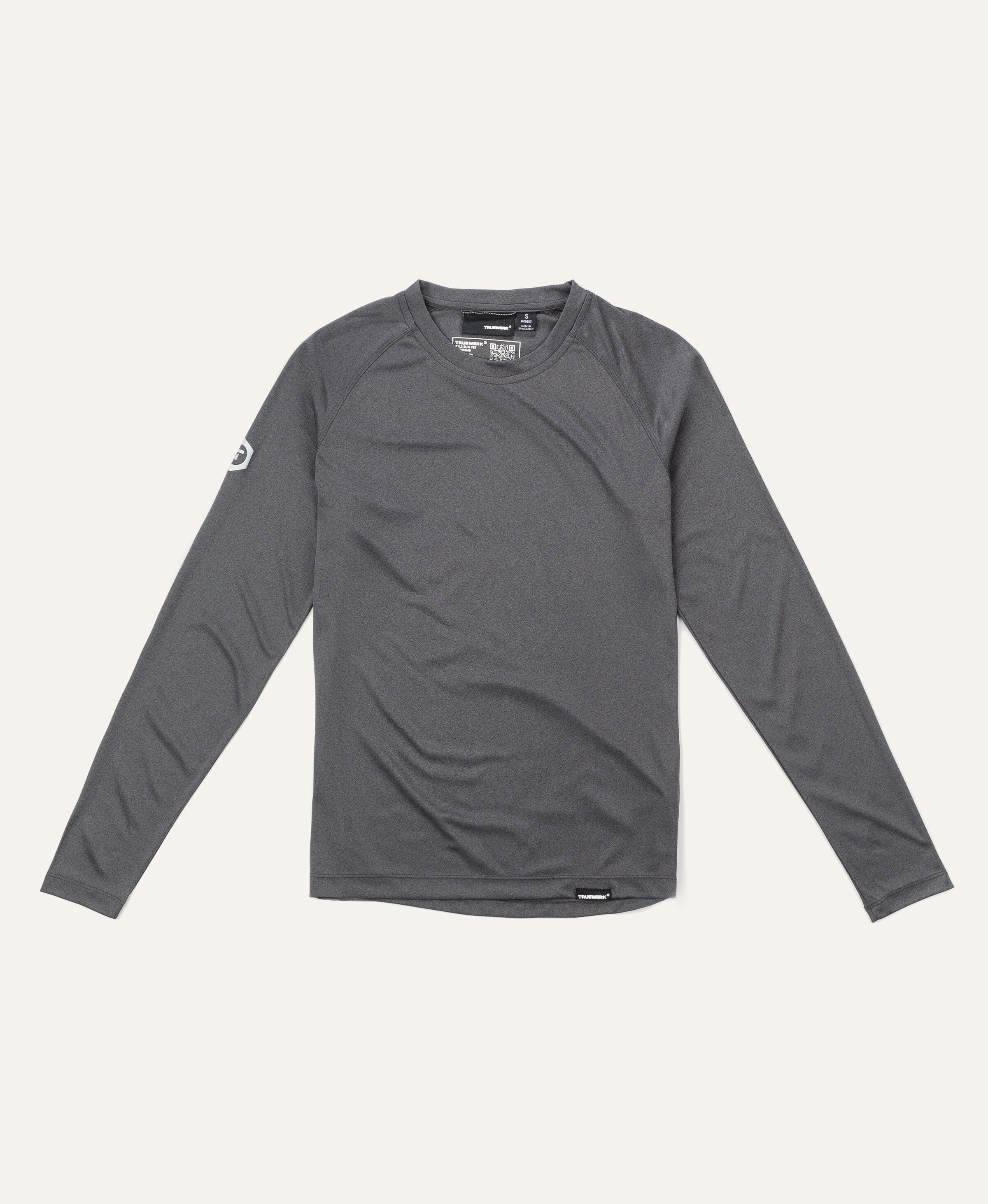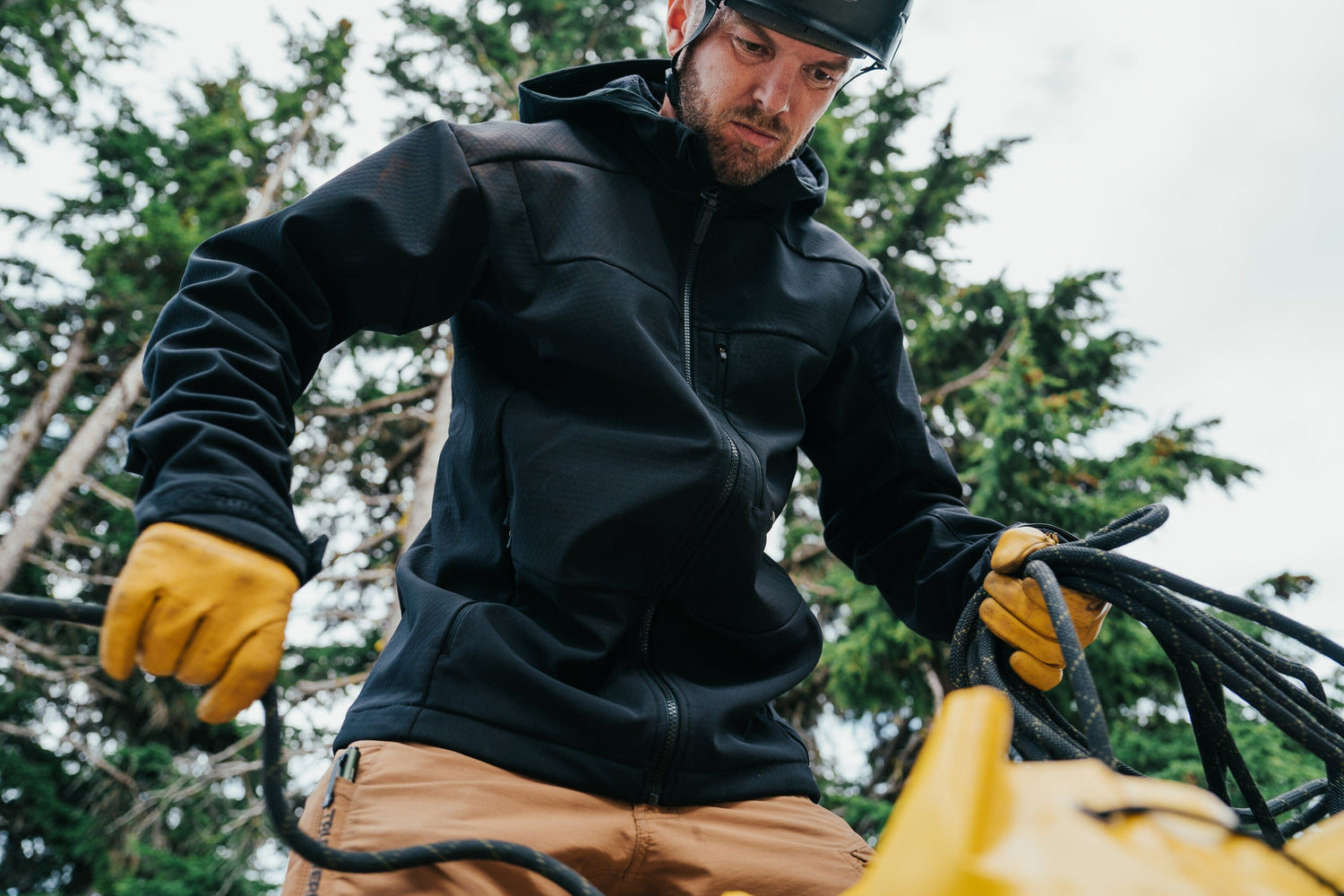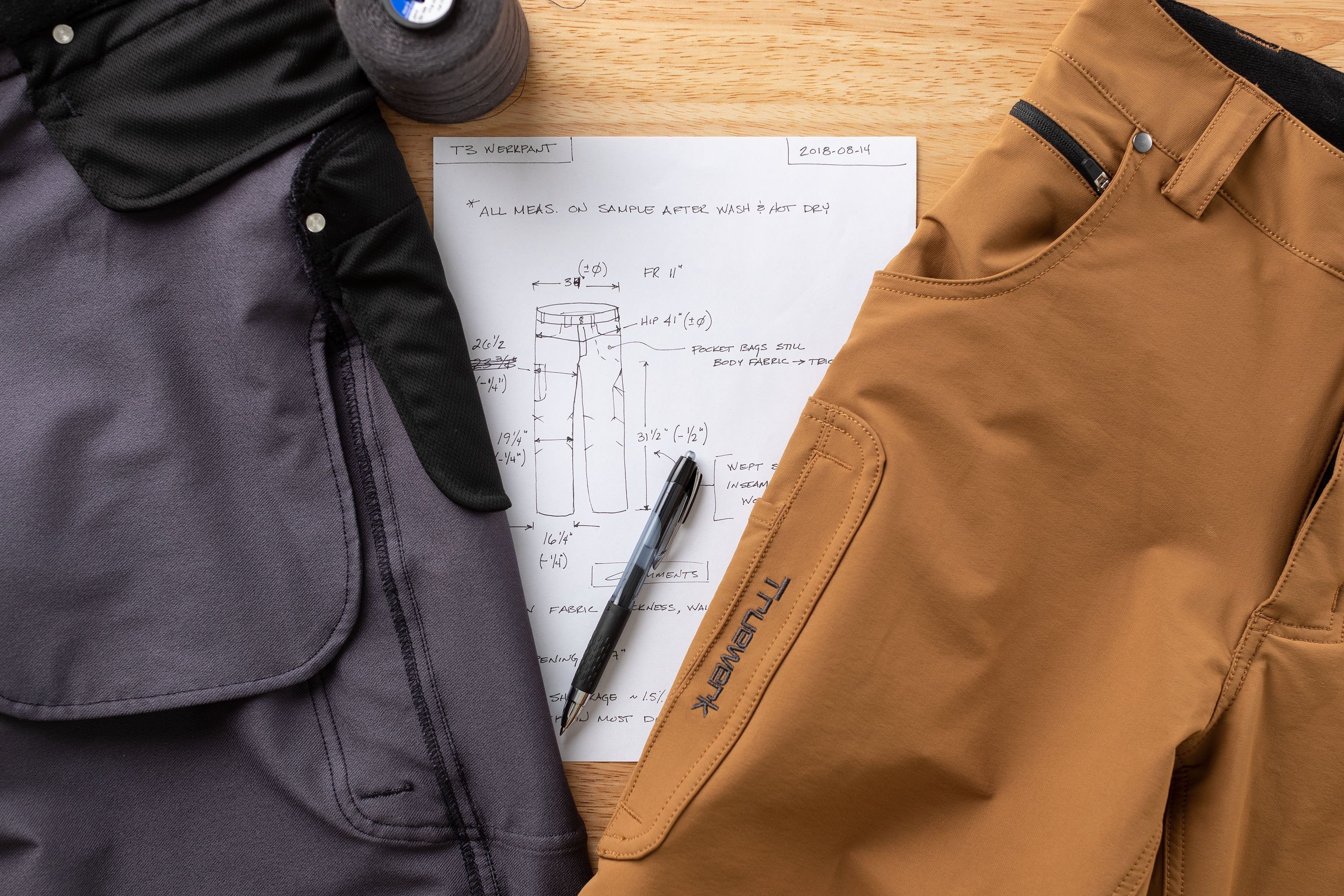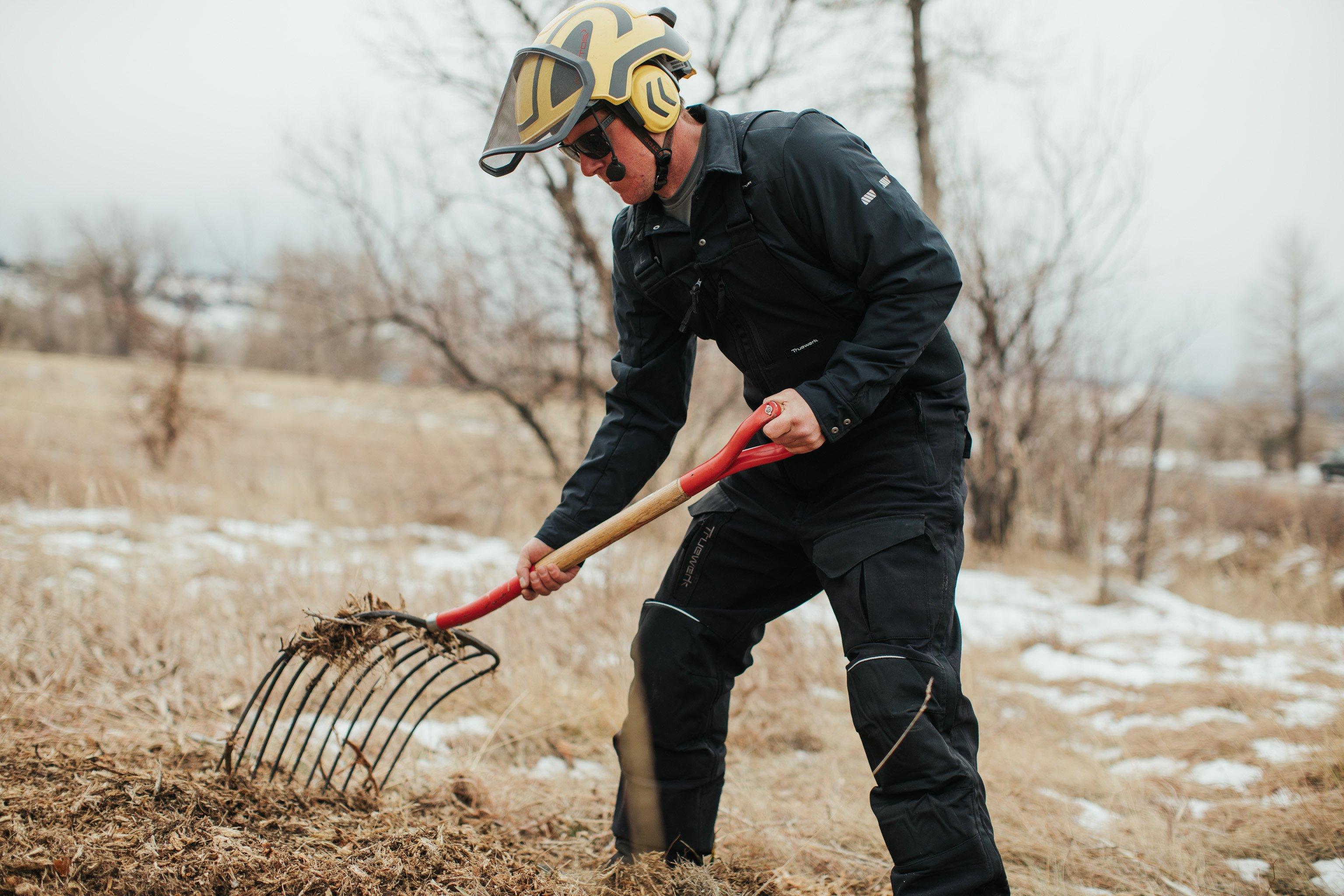Winter Workwear
Job sites sometimes come with the challenge of frigid temperatures, snowy conditions, or chilling wind. When everyone else is staying cozy inside, trade professionals say “game on,” throw on their outdoor work clothes for winter and head out the door.
Embracing the elements is just part of our way of life - whether it’s on the job site or while we play. But we would be remiss to ignore the risks that come with being out in cold weather and the precautions we should be taking. To help you find better solutions through safety advice on illnesses, winter workwear, and more, we’ve rounded up five tips and tricks to help you stay safe and in the flow. Check out these recommendations from the experts at TRUEWERK.
1. Know the Signs — Find a Buddy
Workers exposed to extreme cold may be at risk of hypothermia, frostbite, and trench foot – all illnesses that can sneak up on you when temperatures drop and lead to serious health problems. It’s imperative to know the signs and how to respond if you encounter them. Following the “buddy system” is an easy way to ensure that someone is there to keep you safe, and the best defense is common sense.
The National Institute for Occupational Safety and Health (NIOSH) shares the following information to help you keep an eye out for the signs of weather-related concerns:
Hypothermia
Hypothermia usually occurs when you’re surrounded by moisture on cold days. The moisture cools your body and causes you to use up all your stored energy to stay warm until it can no longer produce heat. You may experience excess shivering, confusion, and blue skin. If you think that you or your buddy may be suffering from hypothermia, follow these steps:
- Find immediate medical assistance.
- Move the affected person to a warm room or shelter.
- Remove all wet clothing.
- Drink warm beverages to increase body temperature.
Even once the affected person’s temperature has stabilized, they should still stay wrapped up and warm in blankets, as well as dry winter workwear.
Frostbite
Frostbite generally occurs when your body is exposed to freezing temperatures for too long. It tends to affect extremities first and can cause tingling or stinging in hands and feet and bluish, pale, or waxy skin. Even if you’re wearing the best winter workwear, your exposed skin could still suffer the consequences. If you think someone is affected by frostbite, follow these guidelines:
- Get into a warm space ASAP.
- Avoid heating pads, radiators, and fireplaces, as you won’t be able to feel the heat and may cause additional damage to the skin.
- Do not walk on frostbitten feet or use frostbitten hands.
- Immerse the affected area in warm water. Do not use hot water, as you won’t be able to feel if you’re starting to burn yourself.
- Avoid massaging the frostbitten areas.
These are two of the most common conditions that we see on job sites, and they can be avoided with proper PPE, winter workwear, and appropriate safety measures.
2. Stay Well Nourished
Balanced meals and adequate fluid intake are essential to maintain body heat and prevent dehydration. If you have a full day ahead on a winter job site, eat well and often. Working in the cold requires more energy than in warm weather, so consuming enough food during the day is crucial – especially fats and carbohydrates, as your body can use those nutrients as fuel to stay warm.
You may not feel thirsty, but you need to drink fluids as much as possible. Dehydration happens faster in cold weather conditions, which can cause headaches, dizziness, and fatigue, preventing you from staying alert and decreasing your chances of recognizing danger.
Warm teas and soup kept in a thermos (an essential part of your winter workwear) are a welcome comfort that serve the dual purpose of making you feel warm and actually warming you up internally. Steer clear of caffeinated drinks such as coffee because they can increase urine production and contribute to dehydration. Plus, caffeine increases the blood flow at your skin’s surface, contributing to the loss of body heat.
3. Sleep is Key
Staying alert without relying on caffeine doesn’t just stem from staying hydrated and well-fed; sleep is a major contributing factor to keeping your brain functioning at its best. Working outdoors is challenging, and there are always risks, so it should come as no surprise that when conditions are a little more dangerous than usual, a good night’s sleep is essential. Most in our community can’t Zoom into the job, so keeping your brain sharp when you’re working outside is critical – no matter the season.
4. Adopt Safe Work Practices & Plan Breaks
Reduce exposure to cold by installing on-site heating devices, wearing layered winter workwear, and putting thermal insulating covers on equipment handles when temperatures are below 30 degrees. Additionally, include planned periods during the day where everyone can go inside and rest to give bodies a break from the cold. For the newer guys, make sure you ease into working in cold conditions before working at full capacity. We all know the young guy who thinks he’s indestructible; best not to learn the hard way that even the youngest and strongest can suffer from frostbite and hypothermia if they’re not careful.
Remember, work at your own pace, as everyone’s body is different in the cold conditions, and you know your body best.
5. How You Dress Is Your Defense
Protective winter workwear is a simple way to defend against the cold. Damp clothing is the devil in cold temperatures, as it can quickly drop your body temperature and result in hypothermia, so it is imperative to stay dry. Look for winter workwear made from synthetic materials which are naturally hydrophobic (don’t absorb water), as even the best coatings on cotton and canvas will eventually erode, allowing the fabric underneath to absorb water.
You’ll also want to explore winter workwear that offers flexible performance and mobility, as it requires more effort and drains your energy if you’re wearing bulky outdoor work clothes for winter. We recommend wearing a layered system that works together to wick sweat away as you work, keep you warm, and prevent everything underneath from getting wet:
- Your base layer should be made of a material that wicks moisture away from your body.
- The mid layer’s primary purpose is to keep you warm, so the fabric should be insulating.
- Your shell layer is worn on top and should defend you from elements like wind and rain.
Safety Line says that you should also make sure your outdoor work clothes for winter protect your head as well as the feet, hands, and face, which are most prone to frostbite. Make sure your foot and hand gear is up to the challenge with quality socks, gloves, hats, and more.
Winter Safety First
Once you’ve familiarized yourself with the signs of cold-weather illnesses and what to do if someone is experiencing illness on the job site, plan ahead so you can stay well-rested and well-nourished. Implement safe work practices, and invest in premium outdoor work clothes for winter. We hope you’ll be set to take on the winter season with ease.
